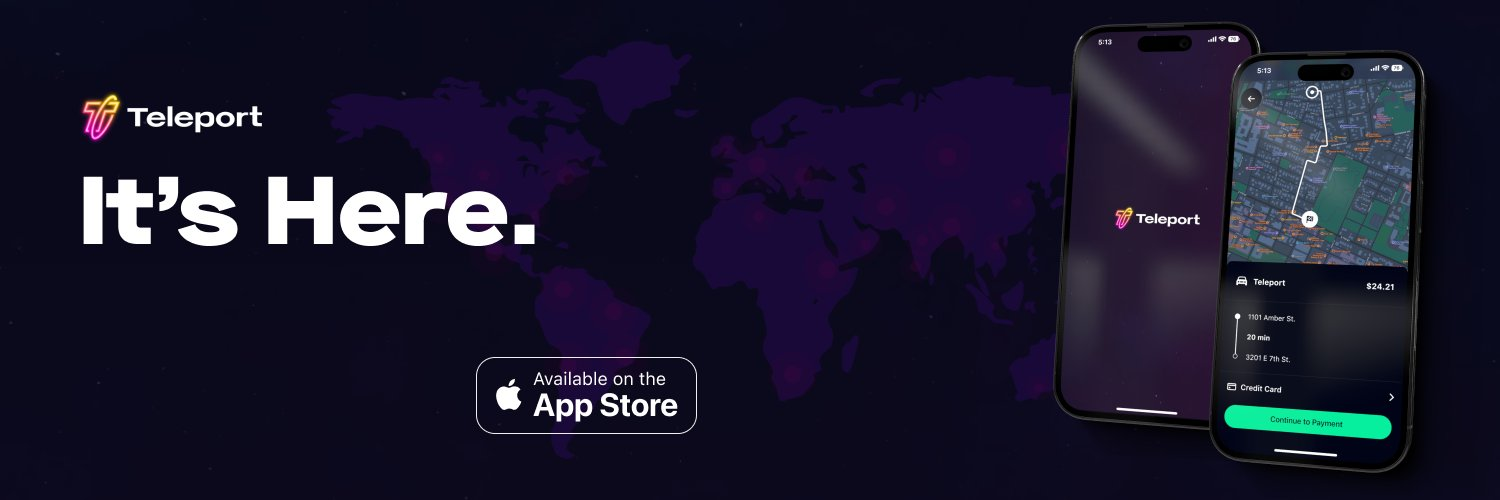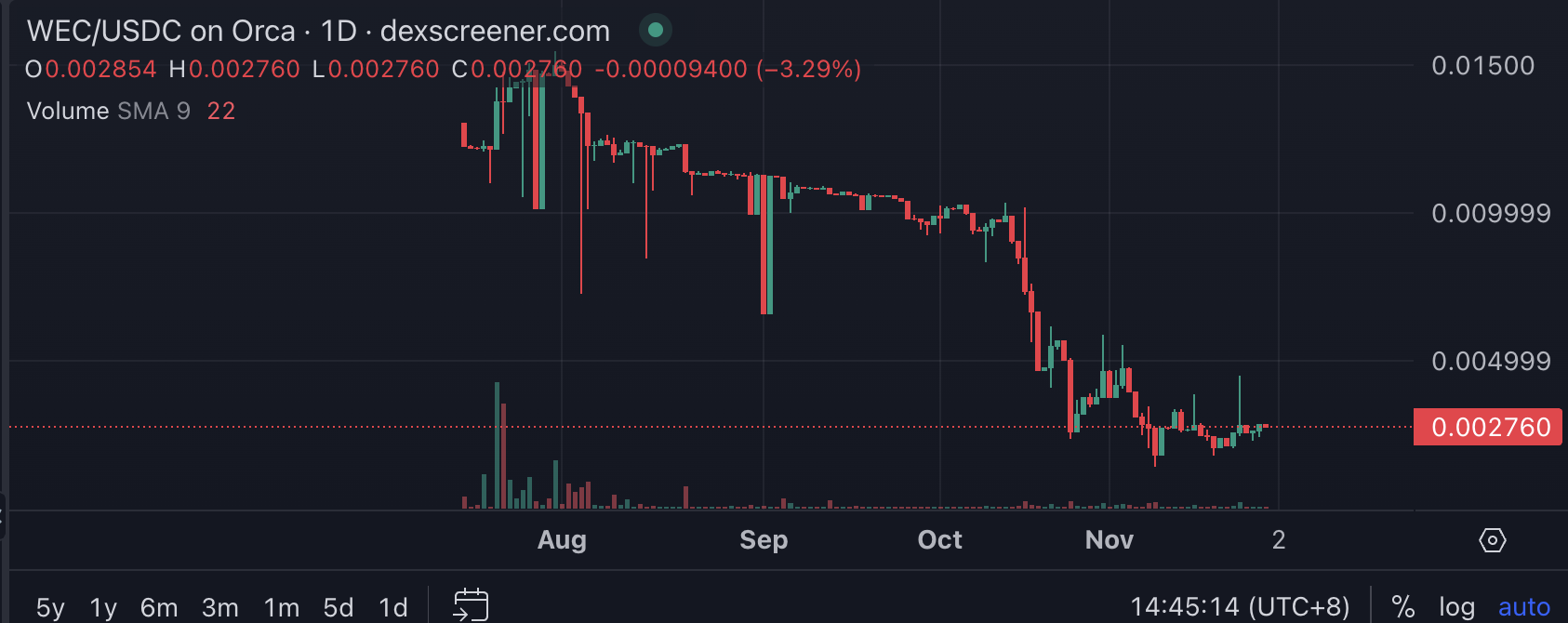Original author: Shenchao TechFlow
DePIN, a decentralized physical infrastructure network, relies on token incentives for its operation and maintenance. In fact, it is not a new story. Various blockchain-based hardware infrastructures have been emerging since 2017, but they have never been able to become the center of the narrative.
But why is it being mentioned again this year? We can also see that Messari proposed that DePin is one of the most important areas of crypto investment in the next ten years.
Personally I think there are two reasons:
1) With the precipitation of technology, various infrastructures have become more complete than in the early years, paving the way for DePin’s technical level;
2) Although BTC has introduced new traffic out of the circle, ordinary people are still more willing to believe in things they can see with their own eyes. NFT is one of them, and DePin is another.
Recently, the price of DePIN projects has fluctuated greatly, especially Hivemapper in the Solana ecosystem, which has increased by an astonishing 233.4% in the past seven days. Solana also attaches great importance to DePin. CoinEx’s new analysis points out that the focus of Solana’s ecosystem is mainly focused on DeFi, Memecoin and DePIN.
Some established DePin projects have also moved closer to Solana. For example, Render Network, as the largest GPU computing DePin project, voted to expand from Polygon to the Solana blockchain. In addition, the wireless network Helium also successfully migrated to Solana, minting nearly 1 million NFTs in the process.
These are signs that more attention will be focused on DePIN on Solana.
Early participation often means more profit opportunities. Let’s take a look at the native DePin territory on Solana.
1.Hivemapper
Hivemapper is a map network based on blockchain. It is collected through Hivemappers driving recorder. The collectors are called map contributors. Due to its permissionless nature and token incentives, its efficiency is better than the current Web2 solution. Currently, the total map area covered by Hivemapper is approaching 90 million kilometers.

The street view data captured by the Hivemapper driving recorder will be uploaded to the project teams database, undergo AI screening, and finally provided to map manufacturers, autonomous driving and other data users. These people are called map consumers.
The project was established in 2015. Its most recent financing was a Series A financing of US$18 million on April 5, 2022, led by Multicoin Capital.
HONEY is the native token of Hivemapper. It rewards map contributors for continuously contributing fresh and updated information to its map network. This is the source of token generation. Map consumers are where the tokens are consumed. They need to burn HONEY tokens to obtain APIs. The burned tokens will be re-minted to increase the number of tokens that reward contributors.
HONEY is a typical Solana ecological token, as can be seen from the gap between FDV and market capitalization in the figure below. Although the total amount of HONEY is 10 billion, due to the incentive mining mechanism, only less than 200 million have been mined so far. This is also one of the reasons for the huge gap between HONEYs FDV and market value.
In the future, the project party can control the release rhythm of token mining so that the value of the token can be stabilized and grown.
2.Teleport

With decentralized maps, decentralized ride-sharing applications came into being. Teleport is the solution, and the application is now available on the Apple Store.
Teleport is a permissionless ride-sharing app owned and managed by its drivers, passengers, and developers. On October 27, 2022, Teleport completed a US$9 million seed round of financing, co-led by Foundation Capital and Road Capital.
Teleport founder Paul Bohm believes that the current ride-sharing giant Uber is essentially a monopoly - it is very centralized, and in the shared travel industry, intermediary commission rates can often exceed 40%, and this money will not flow to drivers and passengers. , it flows to multinational intermediaries like Uber.
Therefore, Teleport built the Shared Mobility Protocol (TRIP) to benefit drivers, passengers and the local regional economy, while being autonomous by the participants. To illustrate, centralized ride-sharing services often do not allow the market to set fair prices, instead they (Uber) set their own prices and maximize the value they can extract. Redesigning ridesharing to be decentralized means that participants can choose from a variety of applications and servers from many different providers that communicate with each other. More money goes to drivers, passengers pay less per ride, and more money stays in the local economy.
The protocol will first be applied to the Teleport platform. Those involved in operating and developing the network will receive TRIP rewards, which are automatically issued by the protocol. Some TRIP rewards may be presented in the form of NFT, such as obtaining the One Circle Around the City achievement.
These TRIP rewards also represent participation and voting rights in the network. General governance, including protocol upgrades, changes to authorization processes, and changes to basic network parameters, require voting.
Currently, the project has not released tokens yet, you can follow the official websiteTwitterGet the latest information in a timely manner.
3.Tekkon

Tekkon is a Japanese project. Users can use Tekkon to take photos of local infrastructure, such as telephone poles, manhole covers, etc., or report damaged infrastructure to receive token rewards and help the local area become better. As the picture above says, Fix your city by making money, Tekkon fan users nickname this process Fix and Earn.
Tekkon was launched late last year by the Whole Earth Foundation, a non-profit organization founded by Takashi Kato. The Japanese entrepreneur previously founded Fracta Inc. , a startup that uses software to identify weak links in city water networks, helping cities, utilities and construction companies pinpoint rot in pipes before they break ground.
The app gained a lot of popularity in the Philippines due to its token rewards, and locals formed a group to photograph damaged infrastructure. They were called Infrastructure Hunters. According to data previously reported by Bloomberg, Tekkon has more than 128,000 active users, 90,000 of whom are from the Philippines. Approximately 30,000 photos are uploaded every day.
Whole Earth Coin (WEC) is Tekkons reward token. In Japan, WEC can be exchanged for cash on Line Pay.
Its initial circulation is 300 million, with no maximum quantity limit. When the initial tokens are exhausted, if the number of users continues to increase, the system will issue new tokens to reward users. Of the 300 million tokens issued for the first time, 20% will be used for ecosystem development, 20% will be used for in-app Fix and Earn, 25% will be used for public sales, 15% will be privately sold, and the final 20% will belong to the team.
WEC also has a burning mechanism in the application. Operations such as upgrading and skipping the cooling time will cause the destruction of WEC. However, the lack of use cases is one of the shortcomings of WEC. The destruction mechanism of the game alone may not be able to keep up with the production of tokens, and the allocation of initial tokens is too much. The excessive allocation of initial tokens also brings a certain amount of selling pressure. This is reflected on the price chart.
Tekkon promises to endow the token with more functions and form a set of ecological flywheels. For example, public utility companies use WEC to purchase infrastructure photo data. Tekkon tokens will be destroyed or further reward infrastructure hunters, thereby attracting more public utility companies to participate. . This shows that Tekkon plans to build a more complete and sustainable ecosystem.

4.Helium
As a decentralized wireless hotspot network, Helium can be called the OG of the DePIN sector. Its history can be traced back to 2013, and it has been running as L1 before.
On April 20, 2023, Helium announced the completion of the migration to the Solana network (HIP 70). Developers expressed their preference for the Solana network because Solana has a huge ecosystem that integrates a large number of developers, applications and teams, and is relatively It is cheaper and faster than other chains.
Helium Network Token (HNT) is the Helium Networks native cryptocurrency with no pre-mine and a maximum supply of 223 million. The only way to pay for data transmission in the Helium network is by burning Data Points (DC) obtained by burning HNT to pay for data transmission. Data Credits have a fixed price in USD (1 Data Credit = 0.00001 USD), are non-transferable and may only be used by their original owner.
Previously, deploying hotspot networks would receive HNT rewards, but after HIP-52, the native token HNT will no longer be mined by LoRaWAN or 5G hotspots, and will be replaced by IOT and MOBILE. IOT is the protocol token of the Helium IoT network. MOBILE is the protocol token of the Helium Mobile network.
The multi-token model allows each wireless network to be governed separately to facilitate the DAO to make better decisions. Each sub-network can manage its own Proof-of-Coverage rules, data pricing and hotspot mining reward distribution mechanisms.
After deploying or covering the network to obtain network tokens such as IOT and MOBILE, their network tokens can be exchanged for HNT. This architecture provides a value floor for network tokens.
Currently, Helium has a market value of approximately US$420 million and is the largest DePIN project in the Solana ecosystem.
·










